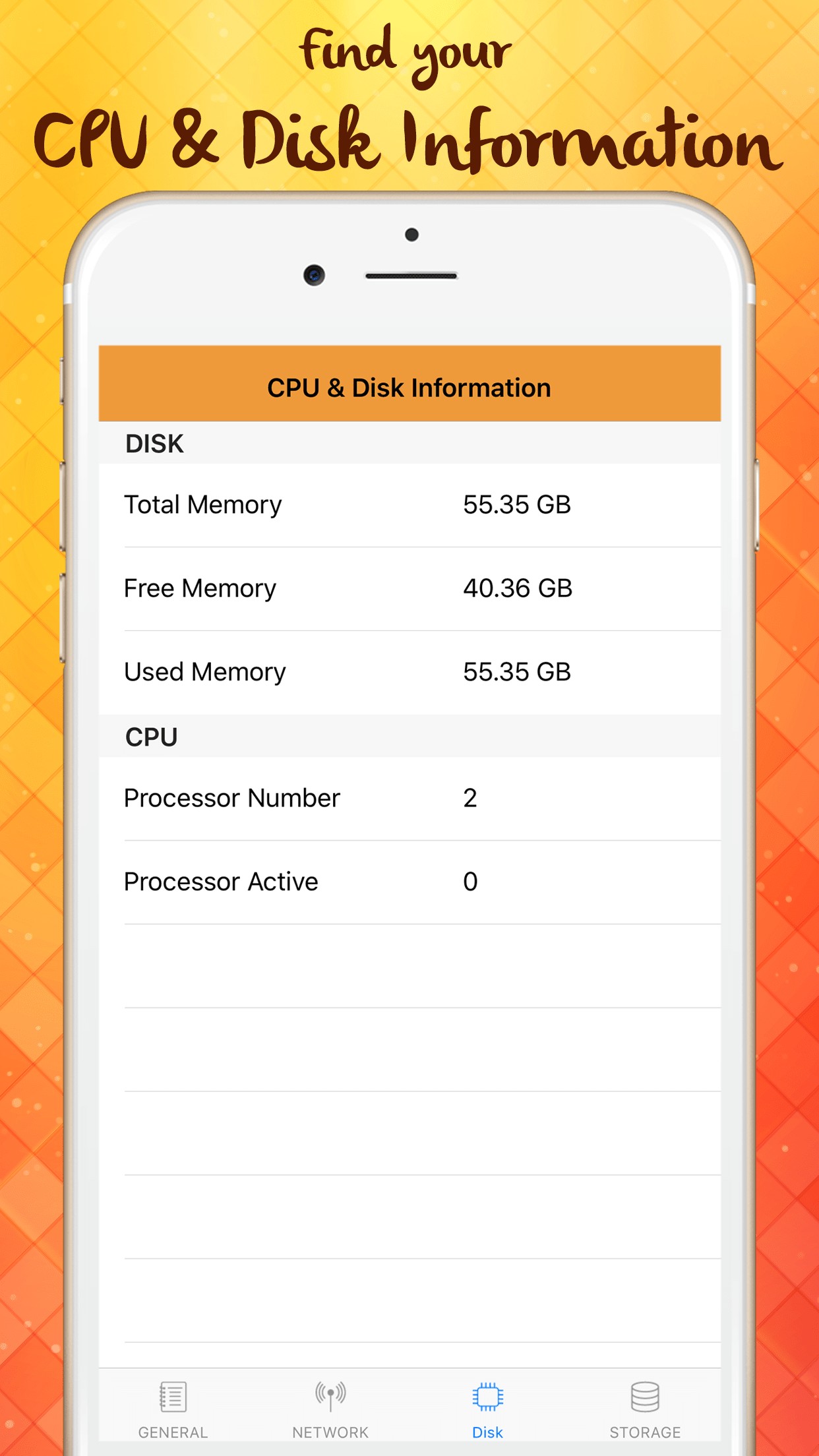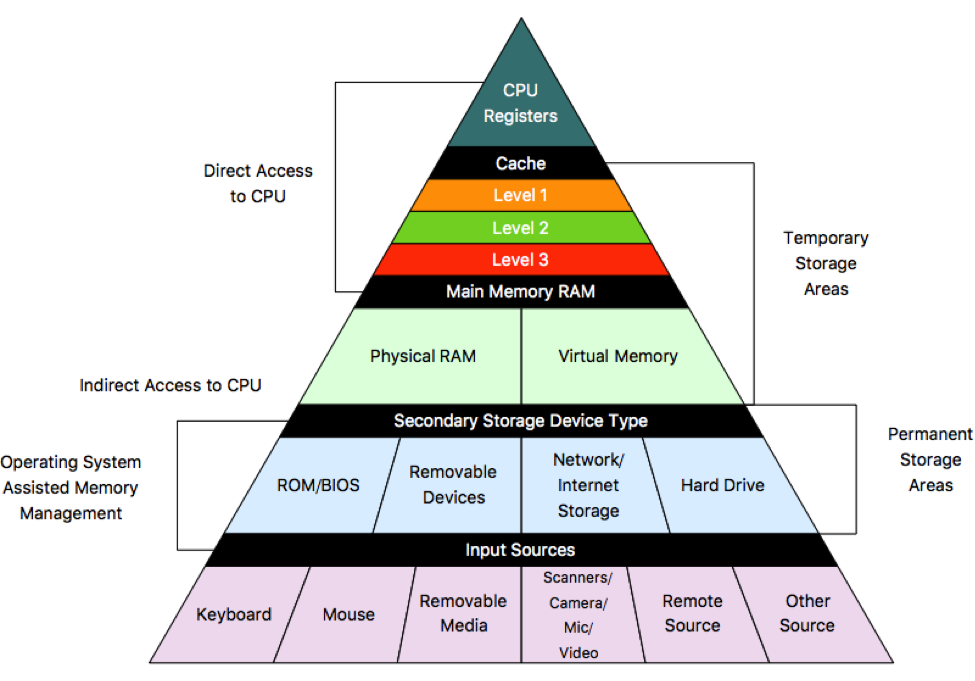

#Cpu and memory monitor free
Divide the amount of free RAM by the total number of threads from your processor. Most tools used to monitor memory can also monitor several other operational parameters.
#Cpu and memory monitor Pc
If a PC or server has disk utilization that is too high you’ll be able to know about it very quickly. Open Windows Task Manager and take note of the free RAM available. Set the systray icons to see the graphics of the CPU history, GPU history and Physical Memory history as you want. You can use this program to monitor key metrics like CPU, memory, and disk utilization. To create a floating CPU monitor, click on the Performance tab of Task Manager, click CPU, then hover your mouse over the charts showing your CPU cores, right-click, and select Graph. CPU & Ram Meter is a small application designed to help you keep an eye on the processor and computer memory, displaying a few graphs directly on the desktop. This is something that will be useful in many cases, for example to optimize the use of very demanding games or programs in Windows. Now to check in "real time" the Memory usage I suggest you to use MS TechNet Sysinternals Process Explorer and set the columns to see the total CPU usage, the total GPU usage and the CPU time. In this way and among many other utilities, we can have at our disposal some widgets or gadgets to control the use of CPU and RAM memory at all times. It’s easy to use and has a clean interface, but its features still pack a punch. What you have to check is the peak usage of memory, the % of actual usage and the total CPU time.īTW: check the CPU usage in your screen capture: 93% ! SysGauge is designed for simplicity over versatility. This swapping may slow down the performances but nothing else.ġ) The Virtual Memory: RAM + Pagefile.sys can be increased by adding RAM or increasing the pagefile.sys.Ģ) The unused Memory is a lost Memory If you run many applications at the time they can't run faster when there's more unused memory.ģ) The main bottleneck in performances don't comes from the lack of Memory but from the percentage of CPU / GPU usage. The total amount of physical memory allotted to the server is not exceeded. The minimum amount of physical memory required by the system remains available. What you mean by "crashing"? Normally if there's too much RAM usage the system start to "swap" from the RAM to the Pagefile.sys and not "crashing". Memory leaks are detected using CPU memory monitoring before performance is affected.

Instead, it is only concerned with “disks” (more specifically mount points on Linux).Something is going to crash because I'm using too much RAM Select performance and you see the devices CPU, GPU and RAM usage in realtime on the screen. Note: The disk usage sensors do not support monitoring folder/directory sizes. Use the keyboard shortcut Windows-G to display its overlay. Click the green + button on the top bar just above the graph (not in the top window) Click Process top left, and in the bottom you can choose individual processes to view, or select and press Add. This includes Idle Time so it will always bee around 100. Configure the node agent through the Proactive Monitoring. By default, its showing you the total CPU usage. If no path is provided via the optional argument, the integration defaults to ‘/’ (root). Memory usage is a percentage of the memory used by the process divided by the total memory available. The table contains types and their argument to use in your configuration.yaml System resource monitoring: Looks at the infrastructure usage your PostgreSQL runs on, exposing metrics like CPU and memory usage Database monitoring: Ensures your database is healthy and running optimally In both cases, it’s essential to monitor the metrics I’ll discuss below and to look for abnormal behavior. The following set of counters will give you a good indication of any issues that could be affecting any of these areas.
#Cpu and memory monitor update
Argument to use, please check the table below for details.Īfter restarting Home Assistant, these sensors will show up and update their When it comes to deciding what to monitor in regards to general server health I like to break it down into the following areas: Processor Utilization, Disk Activity, Memory Usage and Network Usage.


 0 kommentar(er)
0 kommentar(er)
